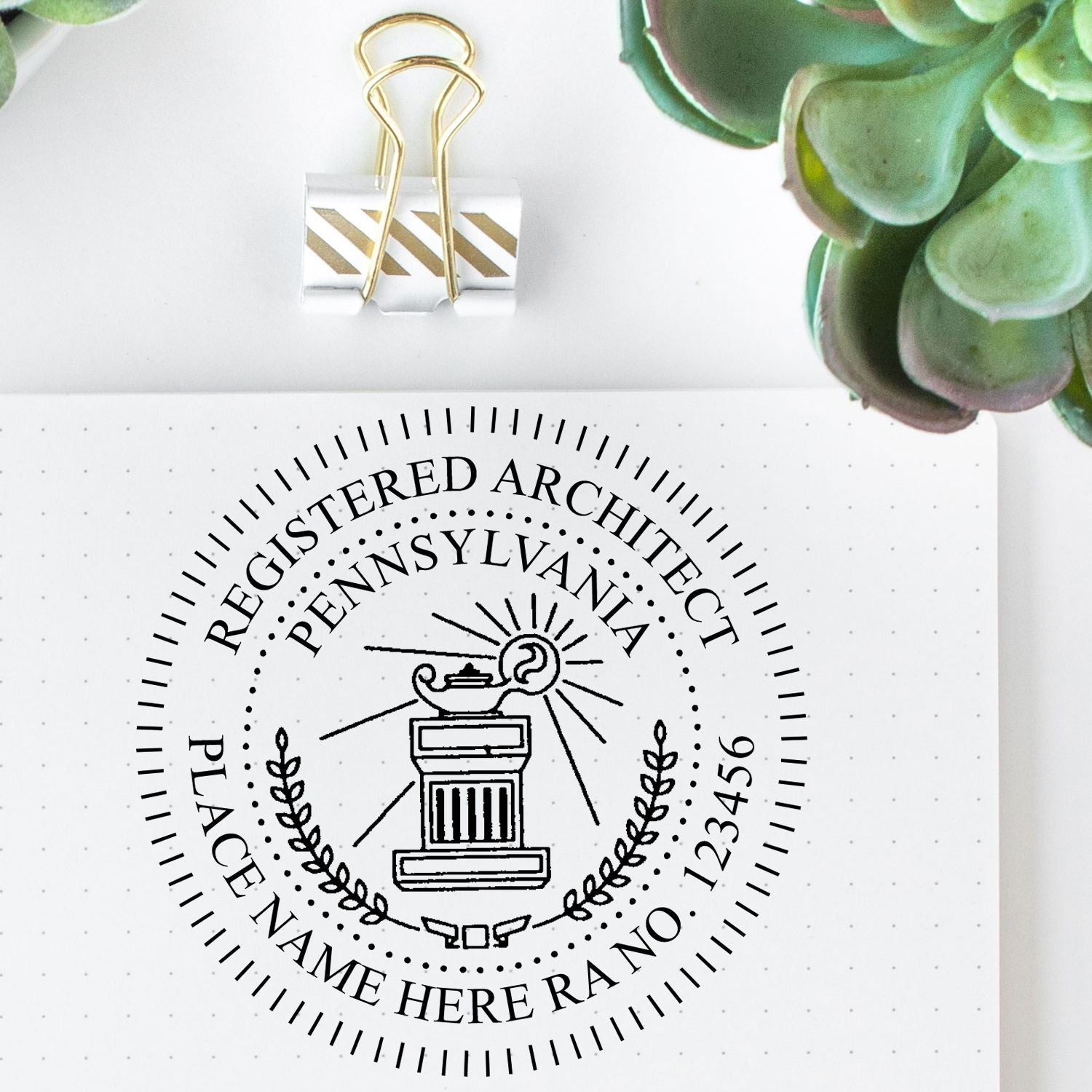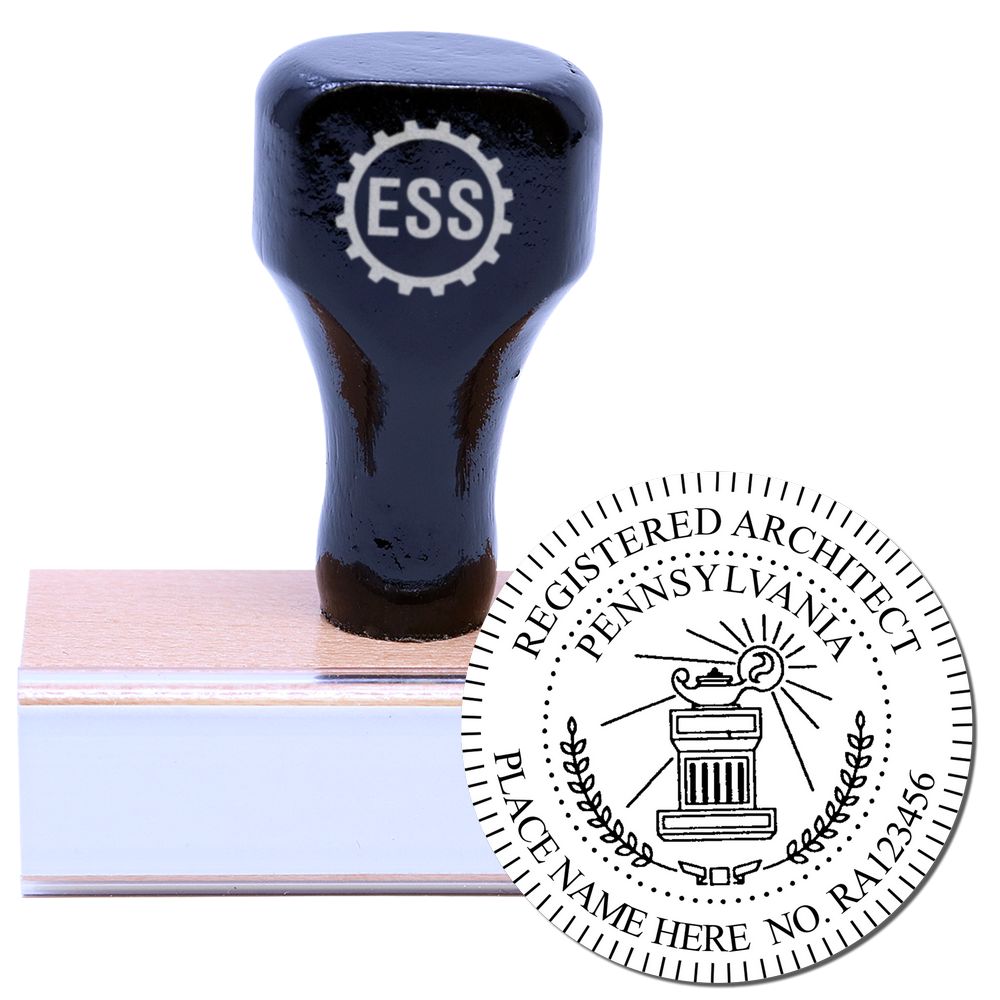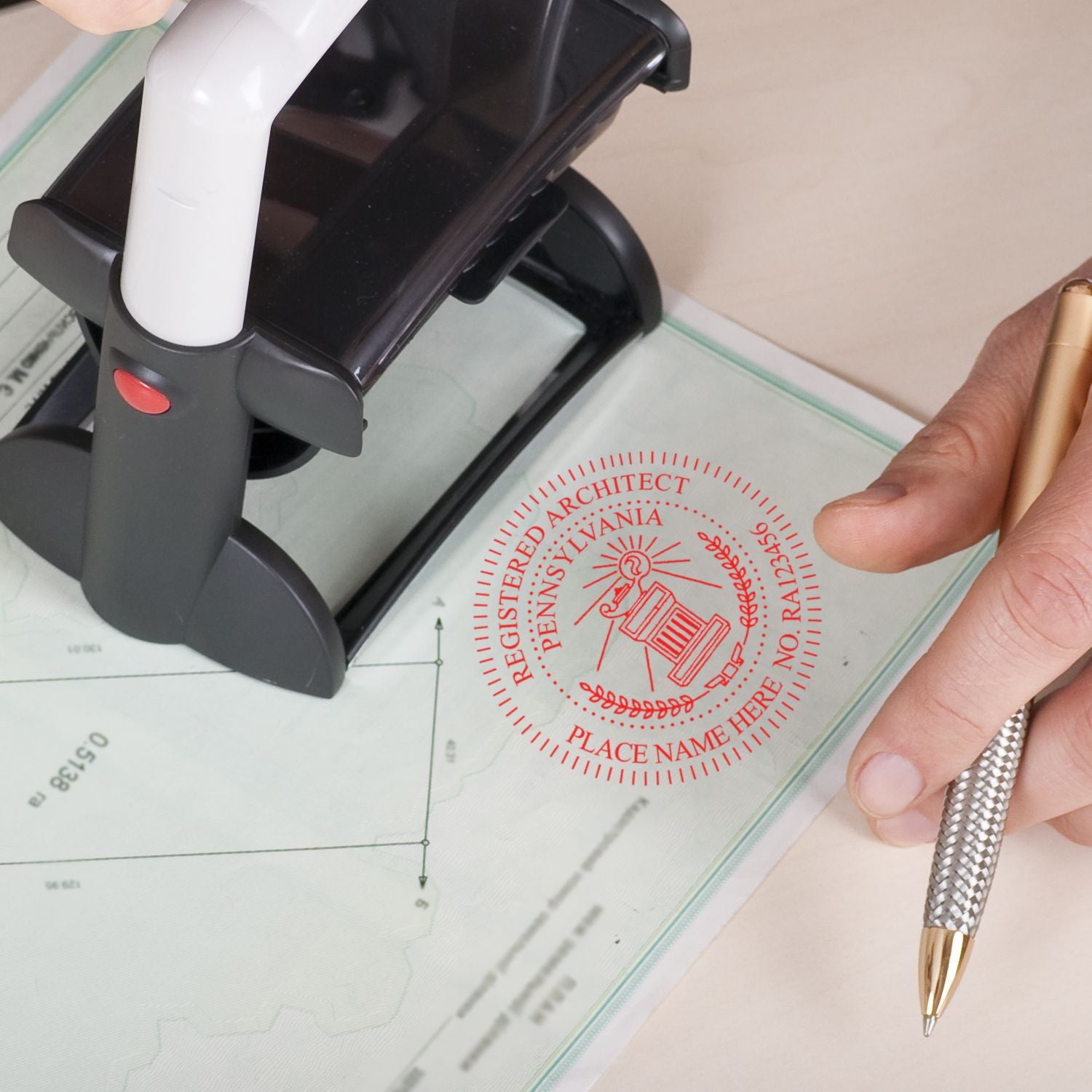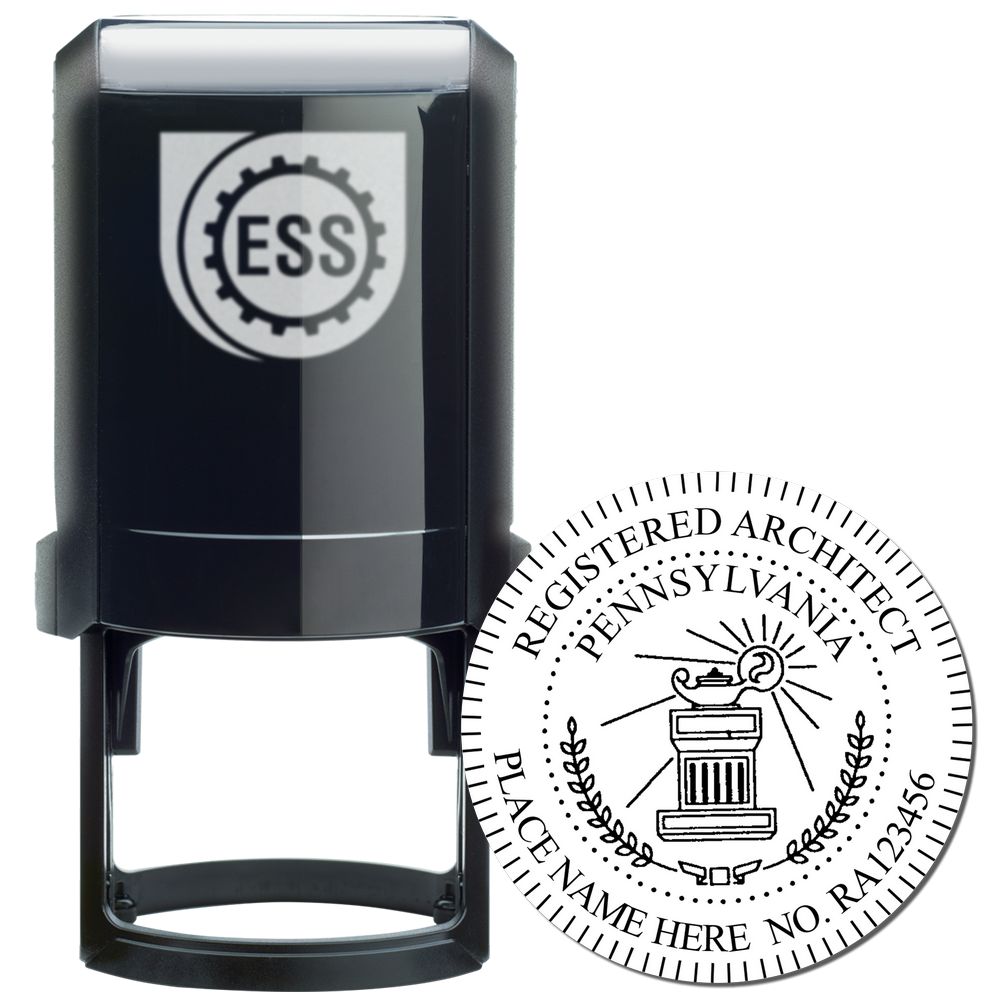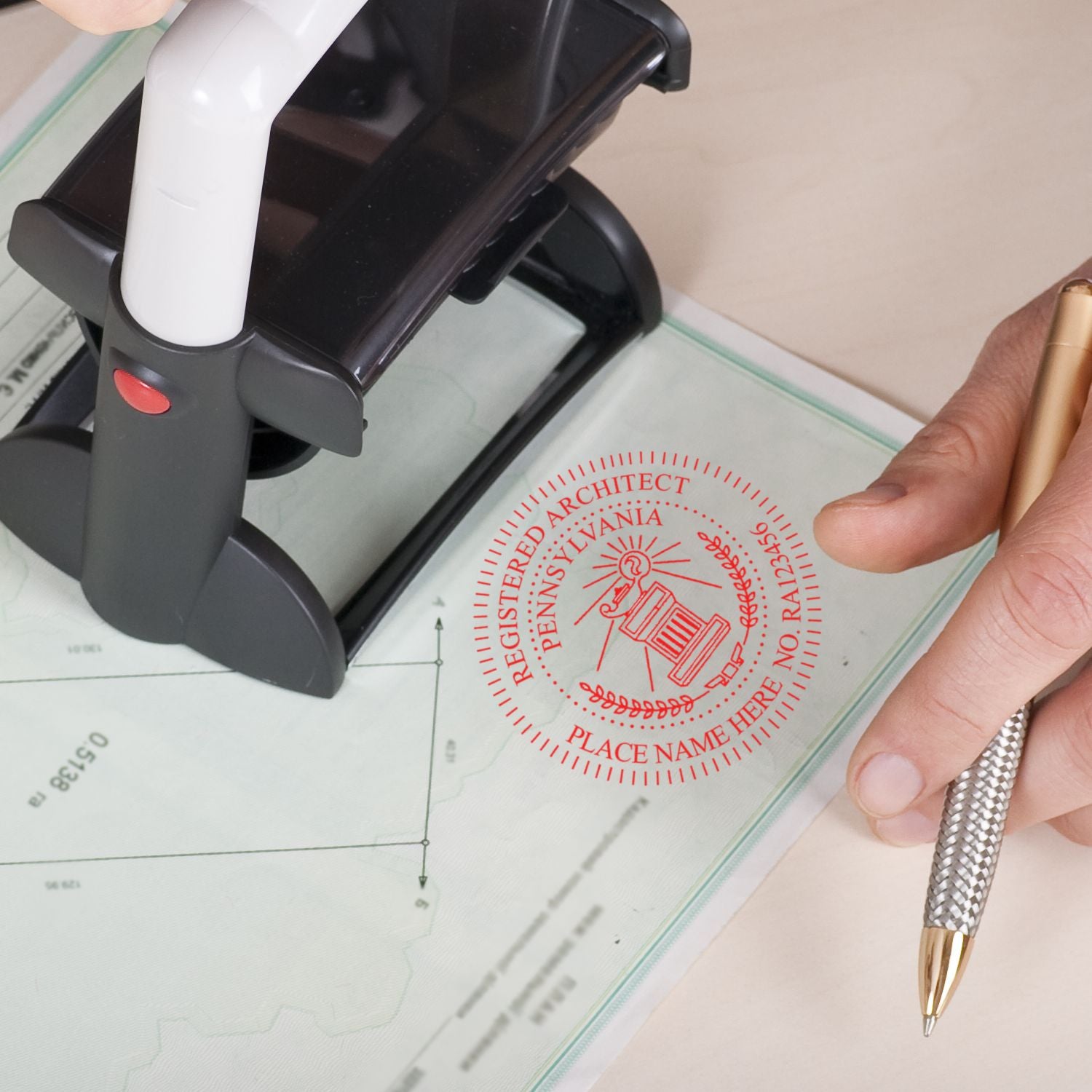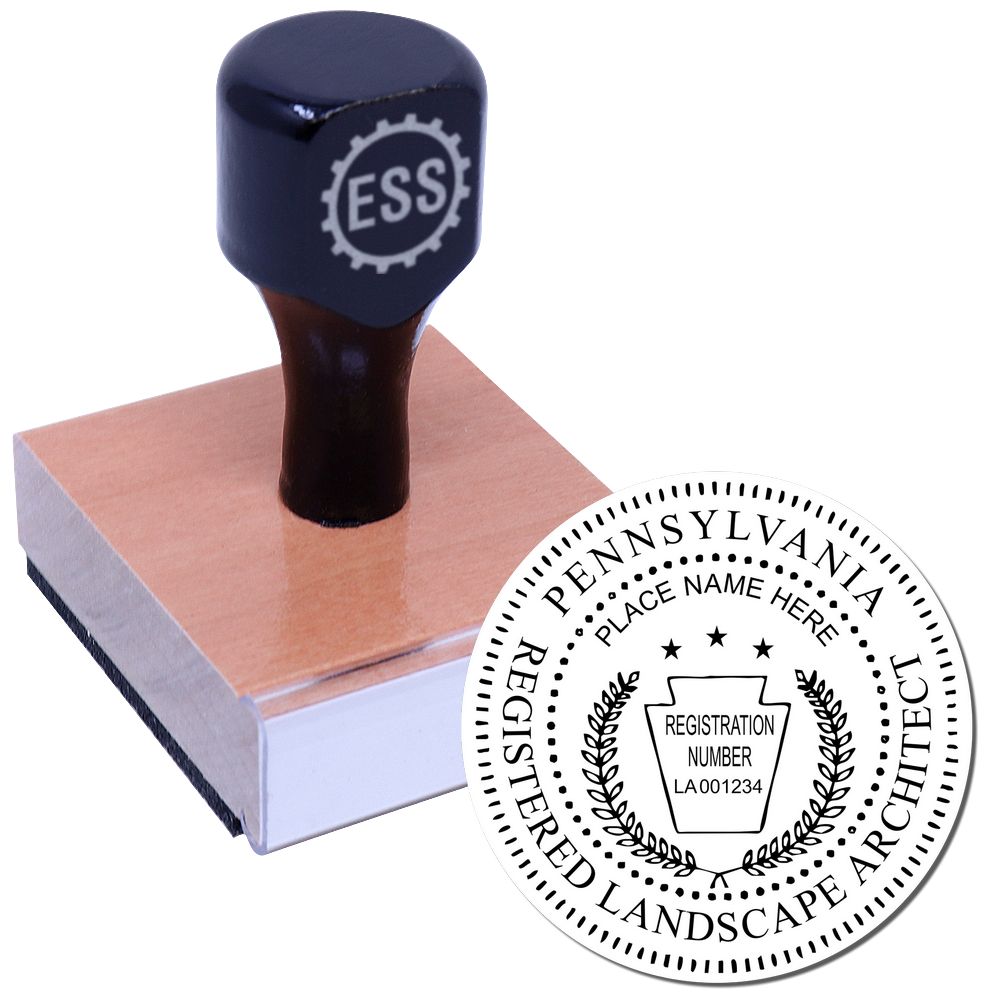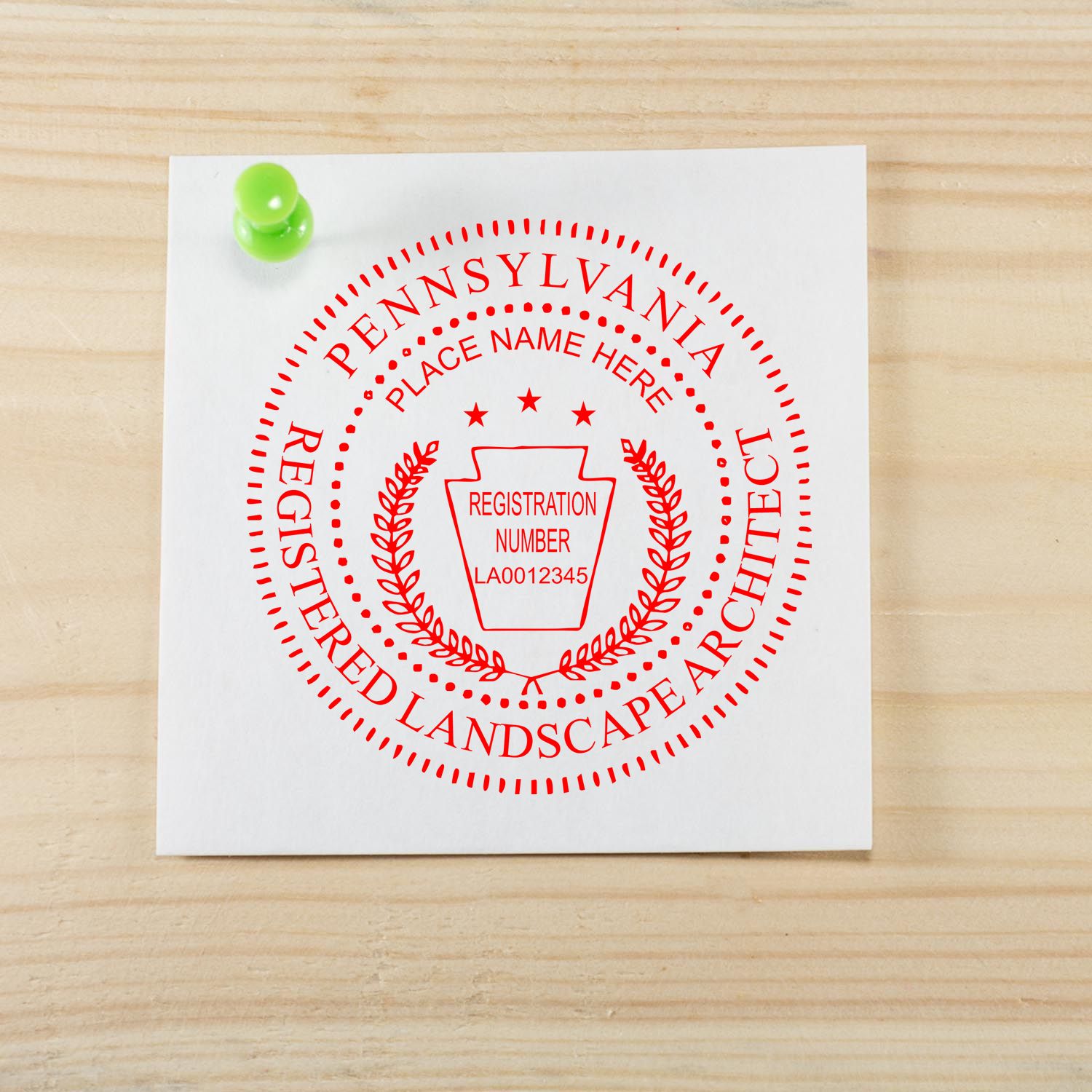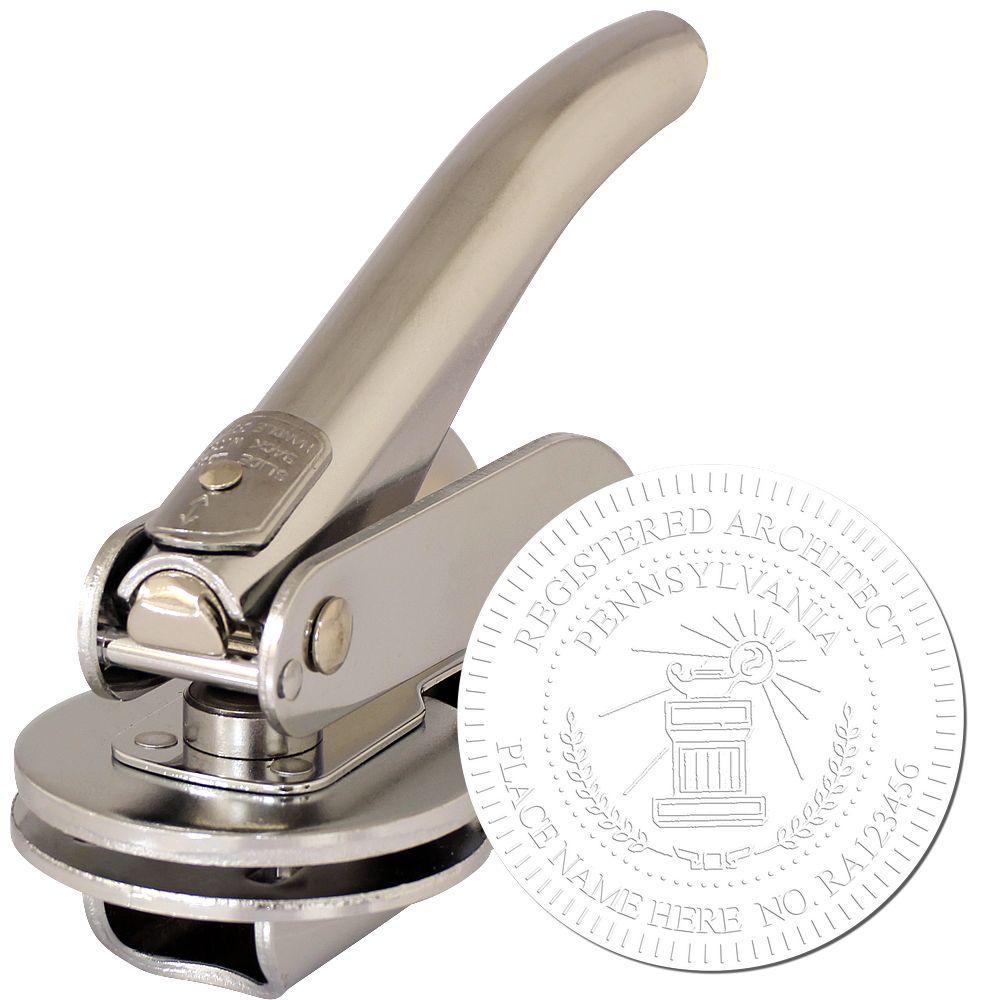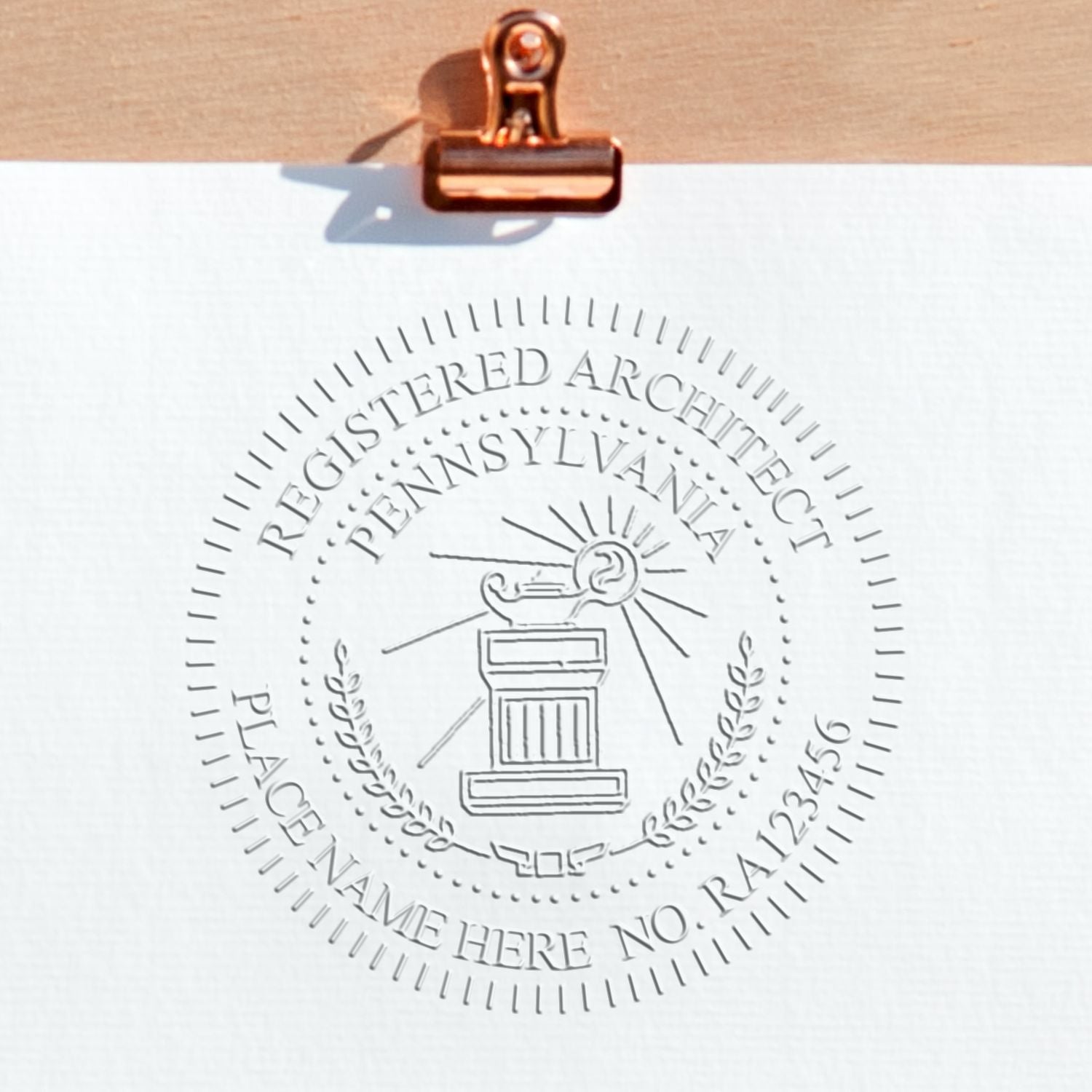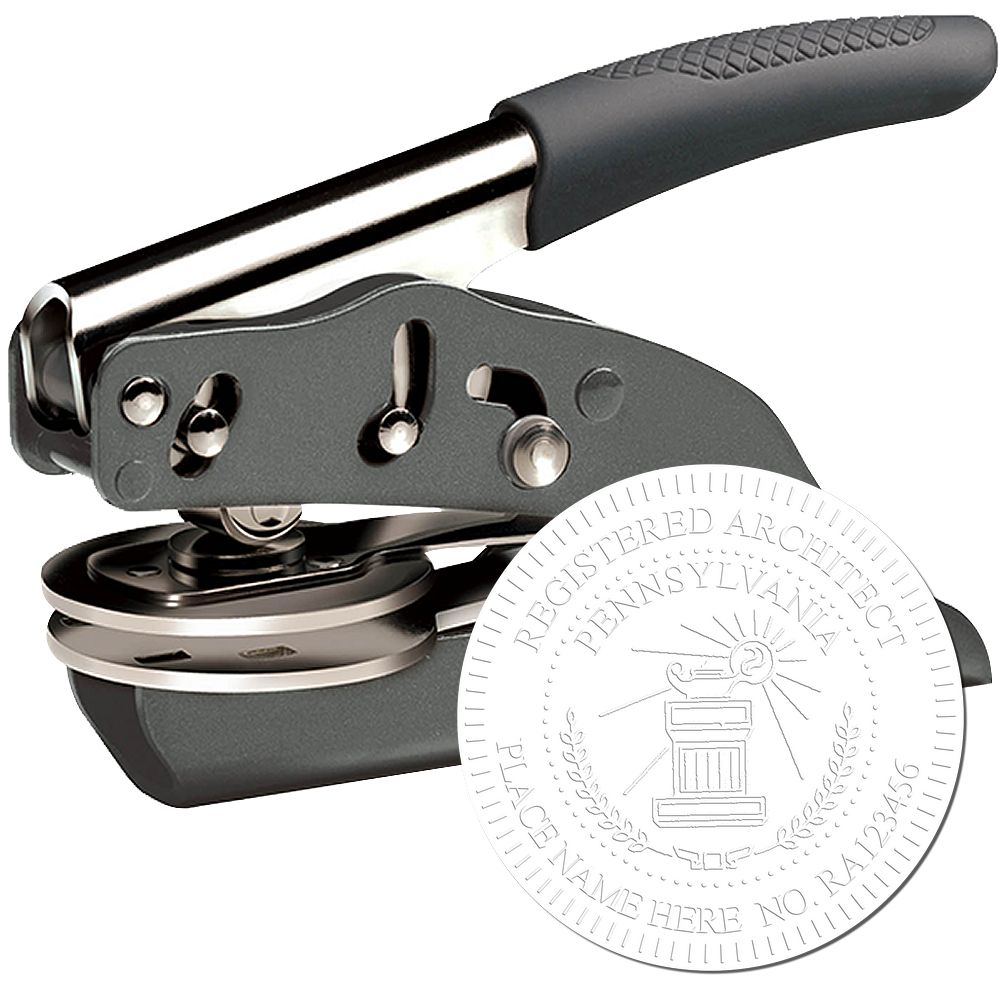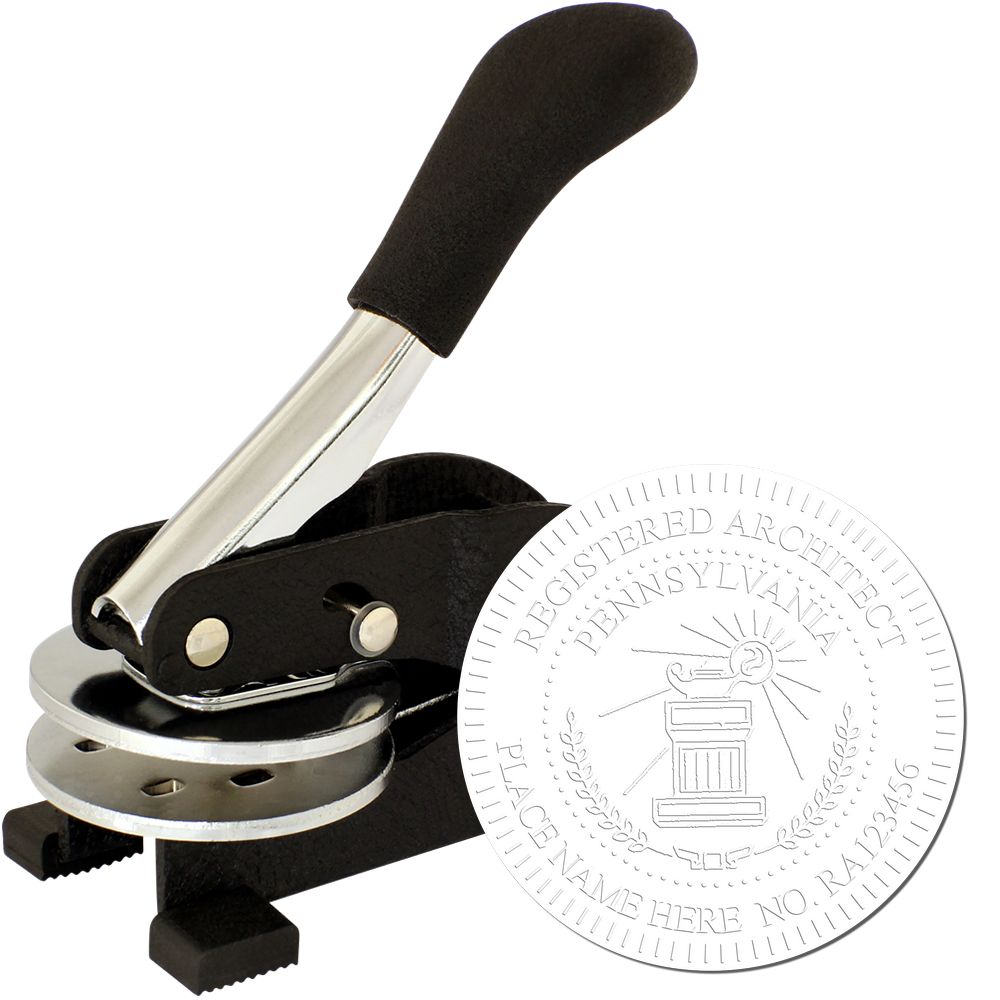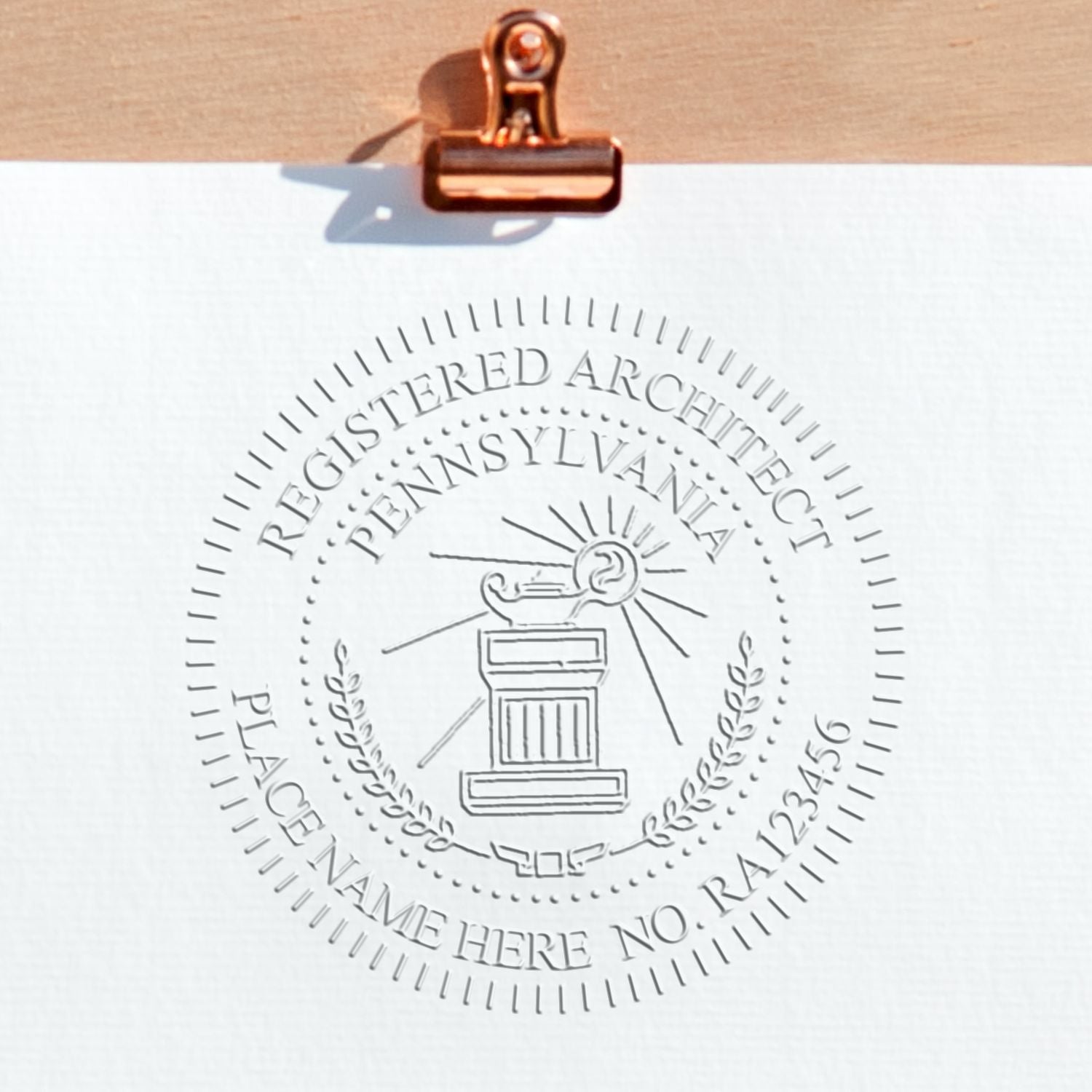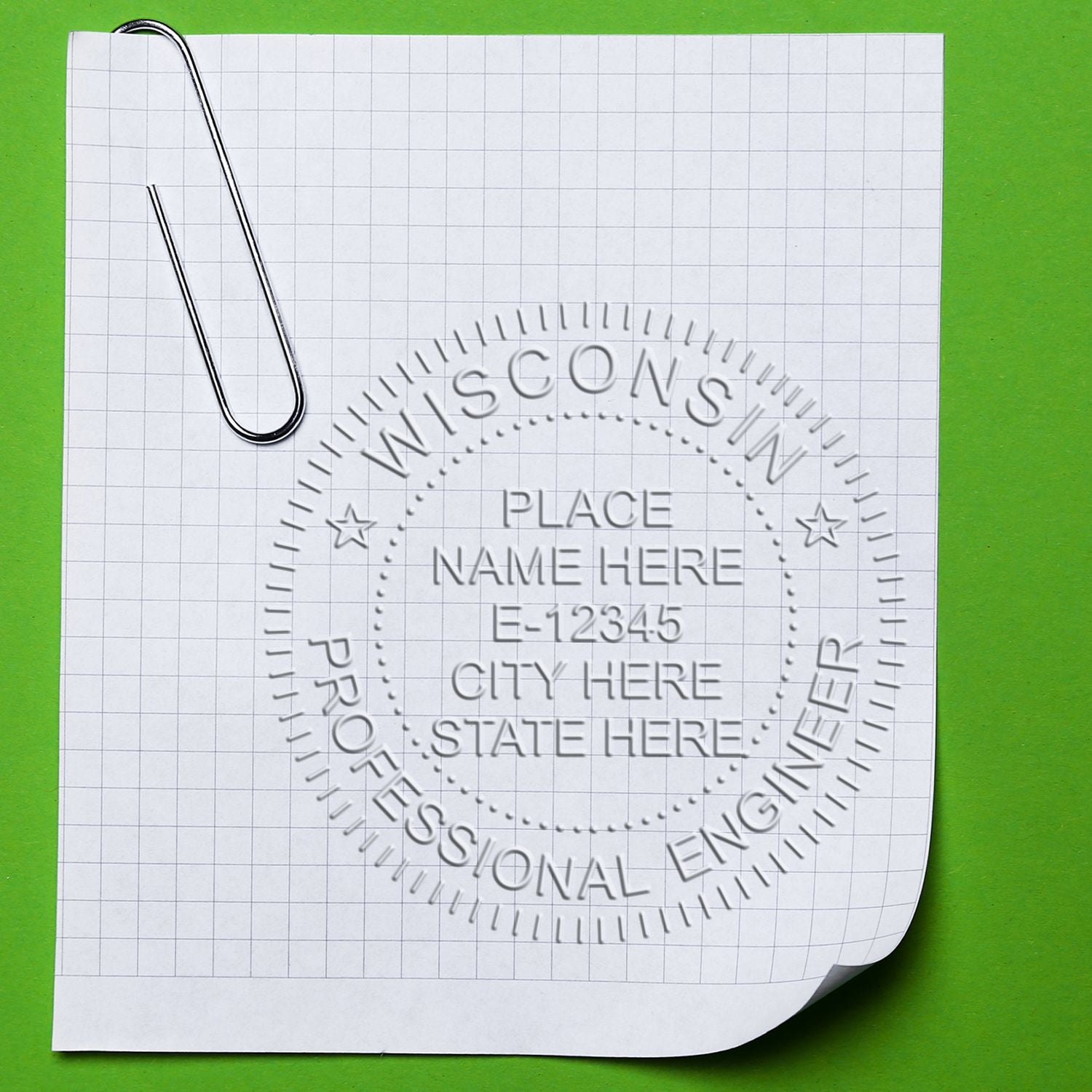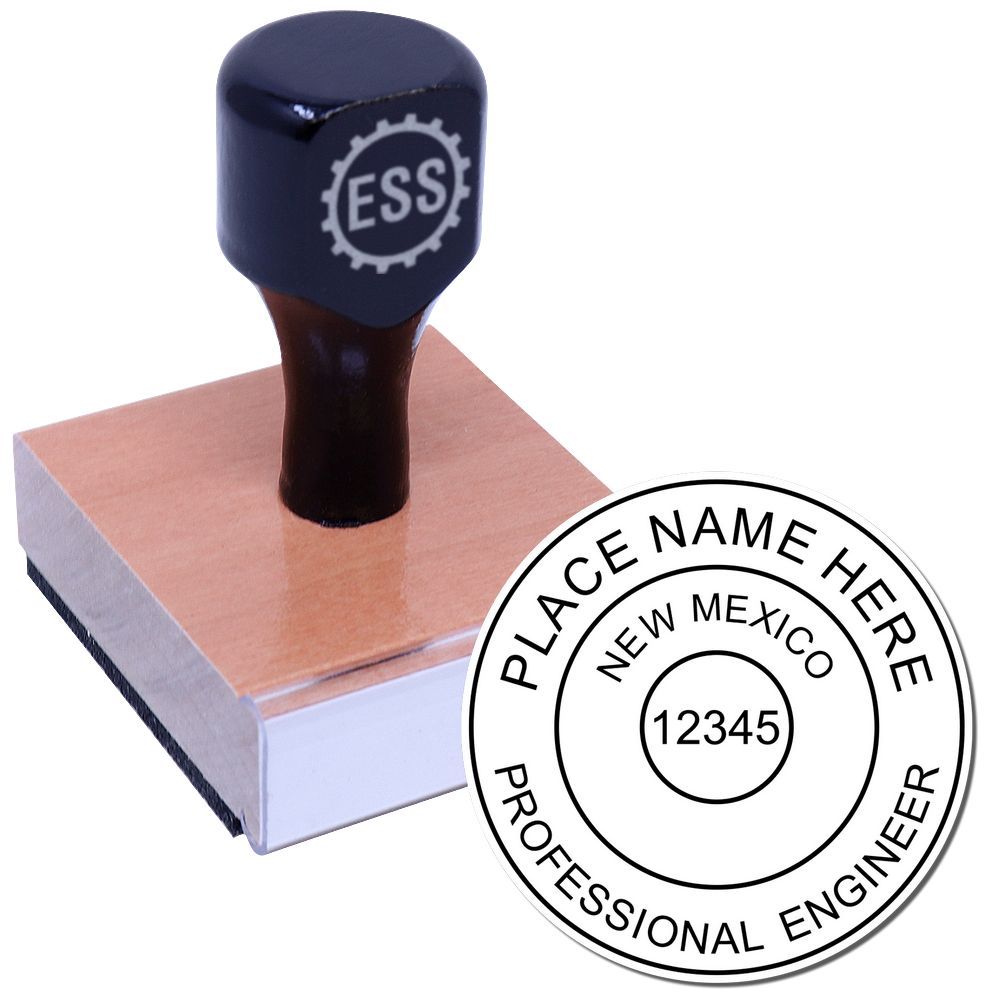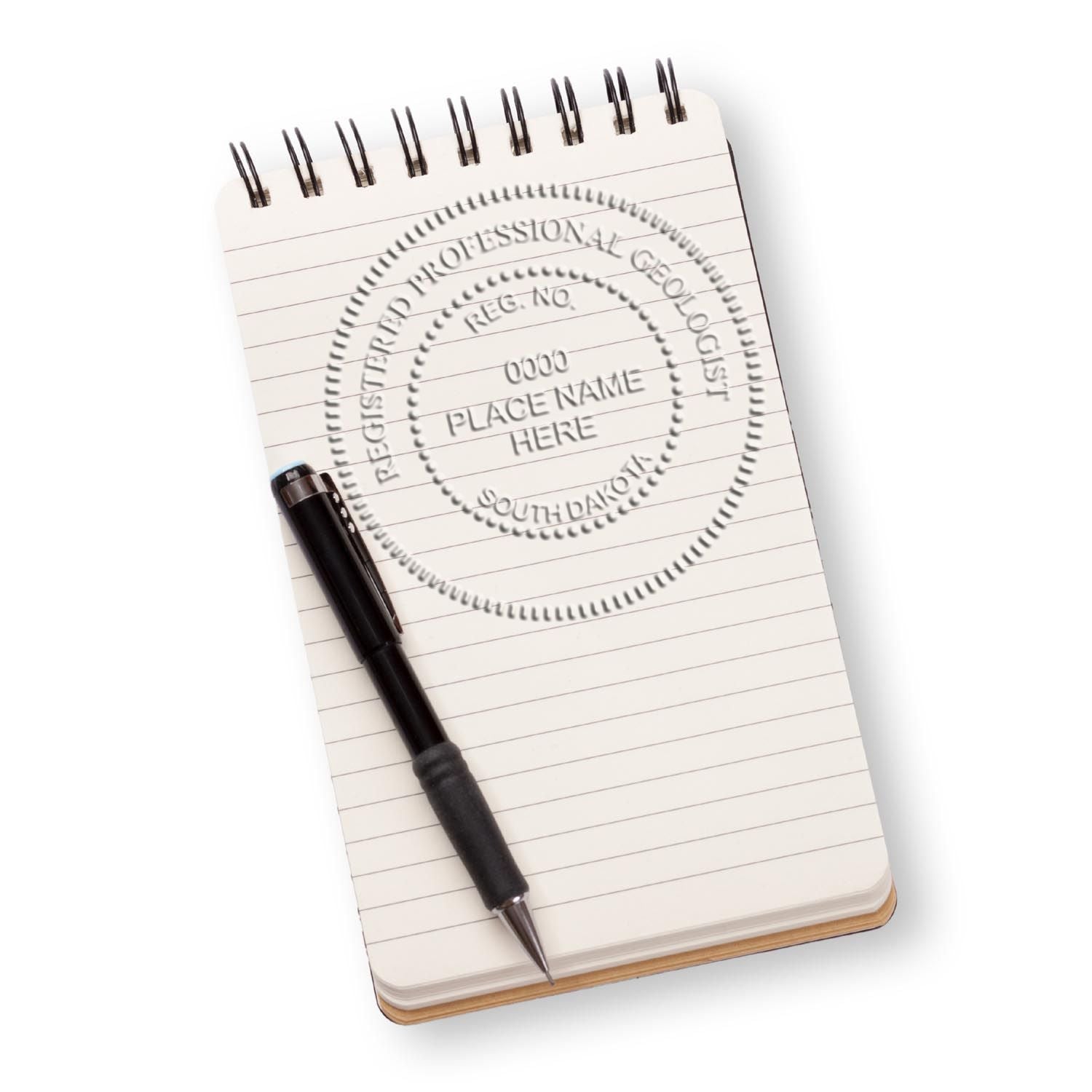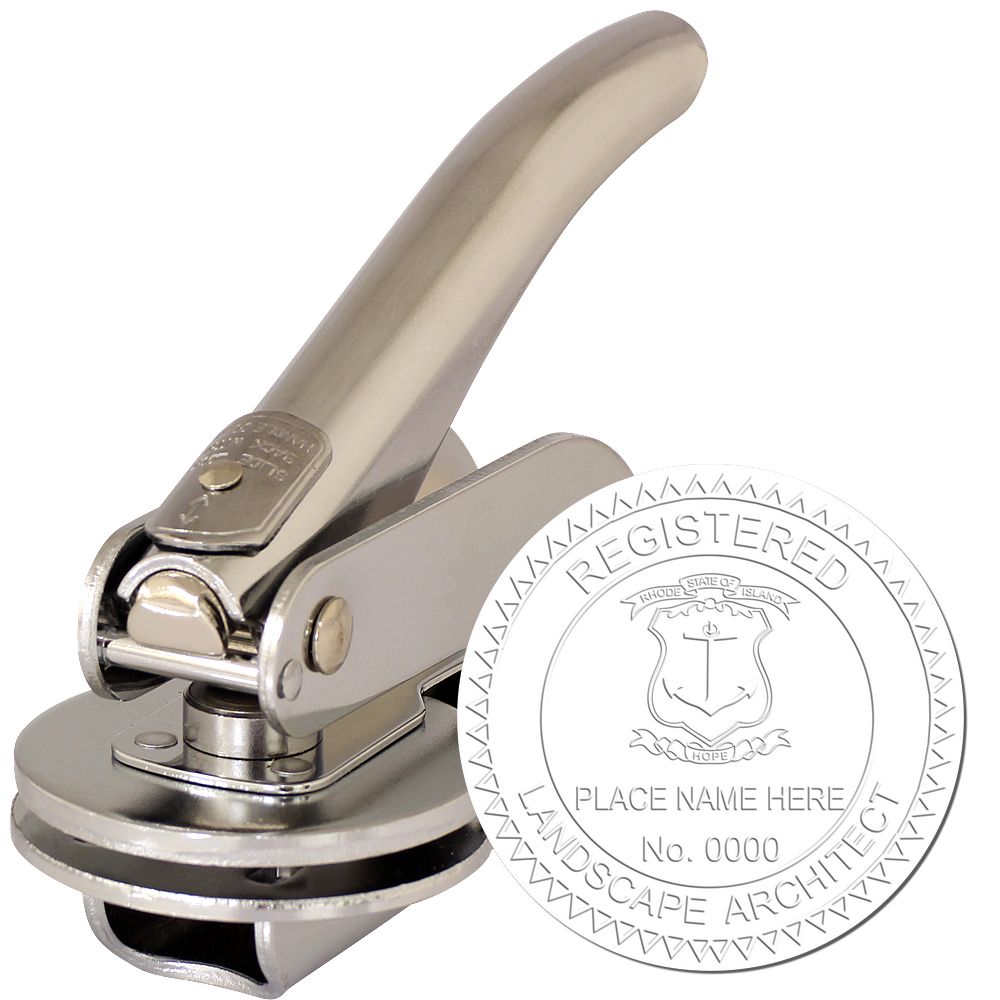Understanding Pennsylvania Architect Seals
Architect seals play a vital role in the architecture industry, serving as a symbol of professionalism and authentication. In the state of Pennsylvania, architect seals are an essential requirement for architects practicing within the state. Let's explore the importance of architect seals and provide an overview of the Pennsylvania architect seal requirements.
Importance of Architect Seals
Architect seals hold significant importance in the field of architecture. They serve as a visual representation of an architect's official approval and authentication of their work. When an architect signs and seals a document, it signifies that they take professional responsibility for the design, construction, and compliance with applicable regulations.
Architect seals also provide assurance to clients, contractors, and regulatory bodies that the architect's work meets the required standards and has undergone the necessary review and approval processes. The use of architect seals helps maintain the integrity and credibility of architectural services, ensuring that structures are designed and constructed safely and in compliance with relevant codes and regulations.
Overview of Pennsylvania Architect Seal Requirements
In Pennsylvania, architects must comply with specific requirements when it comes to their architect seals. These requirements are set by the Pennsylvania State Architects Licensure Board and are designed to uphold professional standards and protect the public.
Architects in Pennsylvania are required to obtain and use an official Pennsylvania architect seal when sealing documents related to their professional practice. The seal must comply with specific design guidelines outlined by the state. These guidelines ensure that the seal is easily recognizable and contains the necessary information for identification purposes.
To learn more about the specific design guidelines and requirements for Pennsylvania architect seals, you can refer to our article on Pennsylvania architect stamp requirements.
By understanding the importance of architect seals and the specific requirements set by the state of Pennsylvania, architects can ensure that they are in compliance with the necessary regulations. This not only helps maintain professional standards but also instills confidence in clients and stakeholders, reinforcing the architect's commitment to quality and accountability.
Educational and Professional Requirements
To become a licensed architect in Pennsylvania, individuals must meet certain educational and professional requirements. These requirements are in place to ensure that architects have the necessary knowledge and skills to practice their profession effectively and ethically.
Education and Degree
To start their journey towards becoming an architect in Pennsylvania, aspiring professionals must complete a formal education in architecture. This typically involves earning a professional degree in architecture from a program accredited by the National Architectural Accrediting Board (NAAB).
The most common professional degrees in architecture are the Bachelor of Architecture (B.Arch.) and the Master of Architecture (M.Arch.). These programs provide students with a comprehensive understanding of architectural principles, design concepts, building systems, and construction techniques. The duration of these programs can vary, with the Bachelor's degree typically taking five years to complete and the Master's degree ranging from one to three years.
During their architectural education, students gain valuable hands-on experience through internships and design studios. These practical experiences help develop their design skills, technical knowledge, and understanding of the architectural profession.
Professional Licensure
Once the educational requirements are met, aspiring architects in Pennsylvania must pursue professional licensure. This involves passing the Architect Registration Examination (ARE) administered by the National Council of Architectural Registration Boards (NCARB).
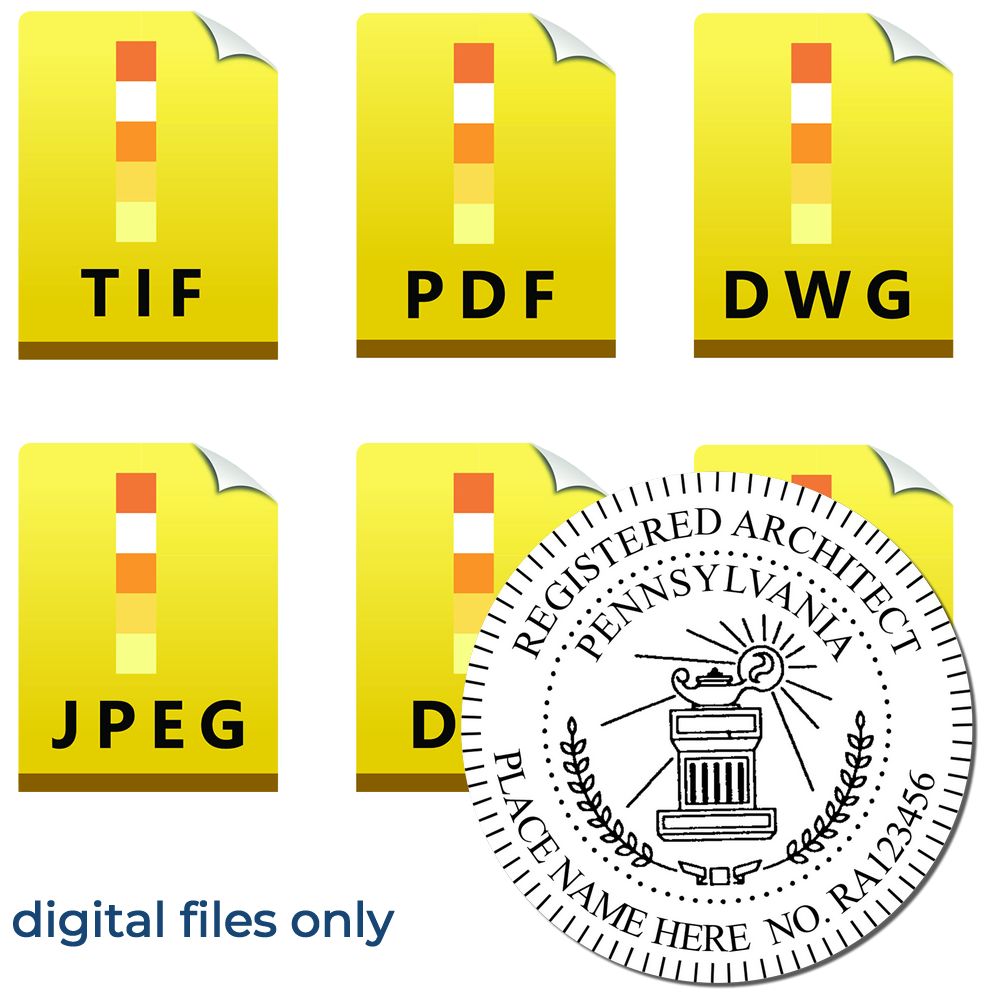
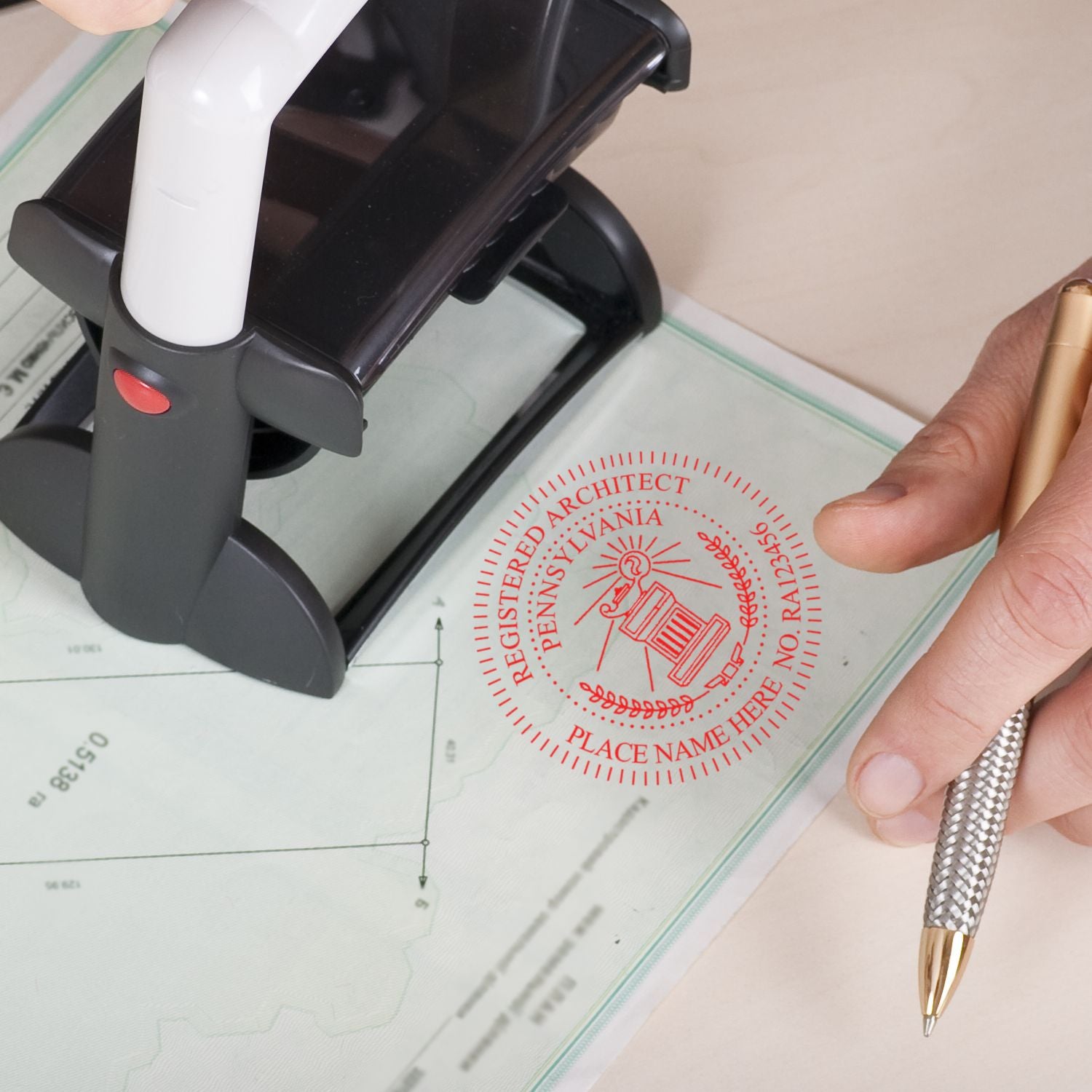
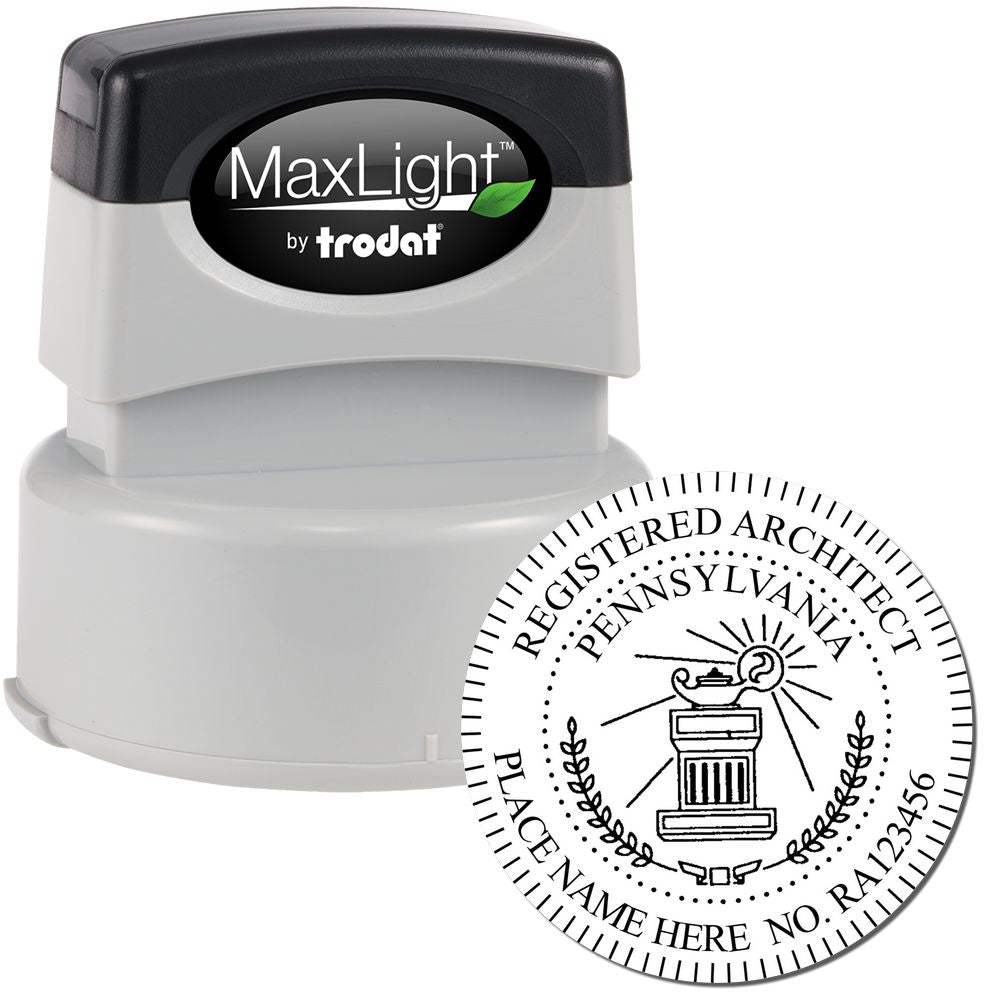

The ARE is a comprehensive examination that assesses an architect's knowledge and skills in various areas of architectural practice, including site planning, building design, construction documents, and professional practice. The exam consists of multiple divisions, and candidates must pass all divisions to obtain their architect license.
In addition to passing the ARE, Pennsylvania architects must also fulfill other requirements set by the Pennsylvania State Architects Licensure Board (PALB). These requirements may include documenting professional experience through the Intern Development Program (IDP), completing a specified number of internship hours, and demonstrating knowledge of Pennsylvania-specific architectural laws and codes.
By fulfilling the educational and professional requirements, architects in Pennsylvania can obtain their professional license and be recognized as qualified professionals in their field. This license allows them to practice architecture, sign and seal architectural drawings, and take legal responsibility for their design work.
For more information on obtaining a Pennsylvania architect seal, including the design and guidelines, check out our article on pennsylvania architect seal requirements.
Pennsylvania Architect Seal Design
When it comes to the design of a Pennsylvania architect seal, there are specific guidelines that must be followed. These guidelines ensure that the seal meets the requirements set by the state of Pennsylvania. Two important aspects to consider when designing a Pennsylvania architect seal are the size and shape and the required information and elements.
Size and Shape
The size and shape of the Pennsylvania architect seal are regulated to maintain consistency and professionalism. The seal must be circular in shape with a diameter of 1 3/4 inches. The circular design provides a standardized appearance that is easily recognizable.
Required Information and Elements
The Pennsylvania architect seal must contain specific information and elements to comply with state regulations. The following information and elements are required on the seal:
-
The name of the architect: The architect's full legal name should be clearly displayed on the seal.
-
The words "Registered Architect": The seal should include the words "Registered Architect" to indicate the architect's professional status.
-
The words "Commonwealth of Pennsylvania": The seal should include the words "Commonwealth of Pennsylvania" to denote the jurisdiction in which the architect is registered.
-
The architect's registration number: The architect's unique registration number, assigned by the Pennsylvania State Architects Licensure Board, should be included on the seal.
-
The date of expiration: The seal must display the expiration date of the architect's registration. This ensures that the seal remains valid and up to date.
It's important to note that the information and elements on the Pennsylvania architect seal should be clear and legible. This ensures that the seal can be easily read and verified by relevant authorities.
For more detailed information on the Pennsylvania architect seal requirements, including specific guidelines and regulations, visit our article on pennsylvania architect seal requirements.
By adhering to the designated size and shape guidelines and including the required information and elements, architects can ensure that their Pennsylvania architect seal meets the state's requirements. This professional seal serves as a mark of authenticity and demonstrates the architect's compliance with the regulations set forth by the Commonwealth of Pennsylvania.


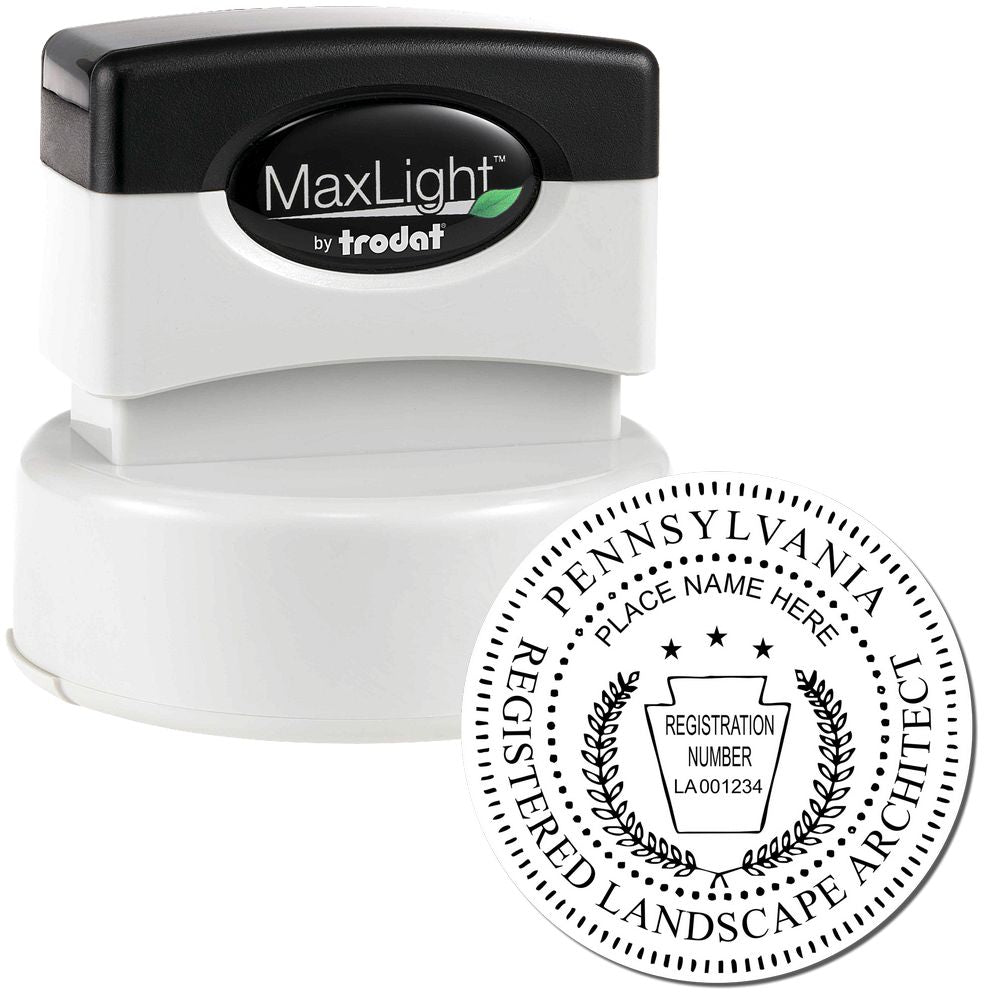
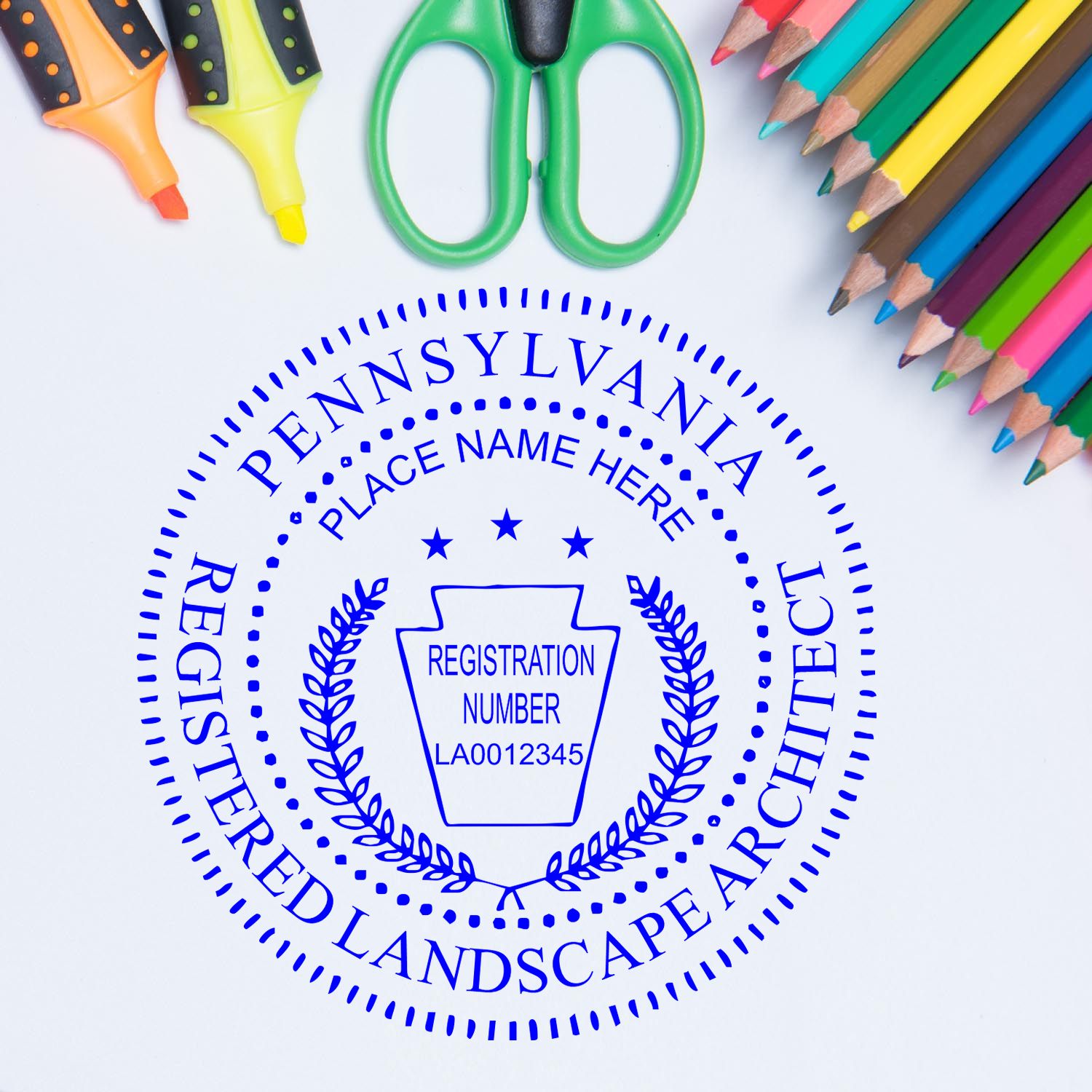
Applying for a Pennsylvania Architect Seal
Once an architect meets the necessary educational and professional requirements, they can proceed with applying for a Pennsylvania architect seal. This section will guide you through the application process and provide information on the associated fees and renewal.
Application Process
To obtain a Pennsylvania architect seal, architects must follow a straightforward application process. The specific steps may vary slightly, but generally include the following:
-
Complete the Application Form: Architects must fill out the application form provided by the Pennsylvania State Architects Licensure Board. The form typically requires personal information, educational details, and professional experience.
-
Submit Supporting Documents: Along with the application form, architects must provide supporting documents such as official transcripts, proof of education, and verification of professional licensure. These documents serve as evidence of the architect's qualifications.
-
Pay the Application Fee: Architects are required to pay an application fee, which covers the evaluation of their application. The fee amount may vary, and it is advisable to check the current fee schedule on the Pennsylvania State Architects Licensure Board's website.
-
Wait for Board Review: Once the application and supporting documents, along with the fee, are submitted, the Pennsylvania State Architects Licensure Board will review the application. The board evaluates the architect's qualifications and ensures compliance with the state's regulations.
-
Notification of Approval: Upon approval, architects will receive notification from the board. This notification may include instructions on how to proceed with obtaining the Pennsylvania architect seal.
It is important to note that the application process may take some time, as the board needs to carefully review all the submitted materials. Architects are encouraged to submit their applications well in advance to allow for any potential processing delays. For more detailed information on the requirements and steps involved in applying for a Pennsylvania architect seal, consult our article on pennsylvania architect seal.
Fee and Renewal Information
Obtaining a Pennsylvania architect seal involves certain fees, and architects should be aware of the associated costs. The fees may include:
-
Application Fee: This fee covers the evaluation of the architect's application and supporting documents. The exact amount can be found on the Pennsylvania State Architects Licensure Board's website or by contacting the board directly.
-
Renewal Fee: The Pennsylvania architect seal is typically valid for a specified period, after which architects need to renew their seal. Renewal fees vary and architects should refer to the Pennsylvania State Architects Licensure Board for up-to-date information.
It is important to adhere to the renewal deadlines to ensure the uninterrupted use of the Pennsylvania architect seal. Failure to renew in a timely manner may result in the expiration of the seal, which could affect the architect's ability to practice legally.
For more information on the pennsylvania architect seal requirements, including design guidelines and usage guidelines, consult our article on pennsylvania architect stamp requirements.
By following the application process and being aware of the associated fees and renewal requirements, architects can obtain and maintain their Pennsylvania architect seal without any complications.
Using the Pennsylvania Architect Seal
Once you have obtained your Pennsylvania architect seal, it is crucial to understand the legal requirements surrounding its usage and to follow the best practices to ensure its validity and effectiveness.
Legal Requirements
Using the Pennsylvania architect seal comes with specific legal requirements that must be adhered to. These requirements are in place to protect the integrity of the profession and to ensure that only qualified architects are authorized to represent their work with an official seal.
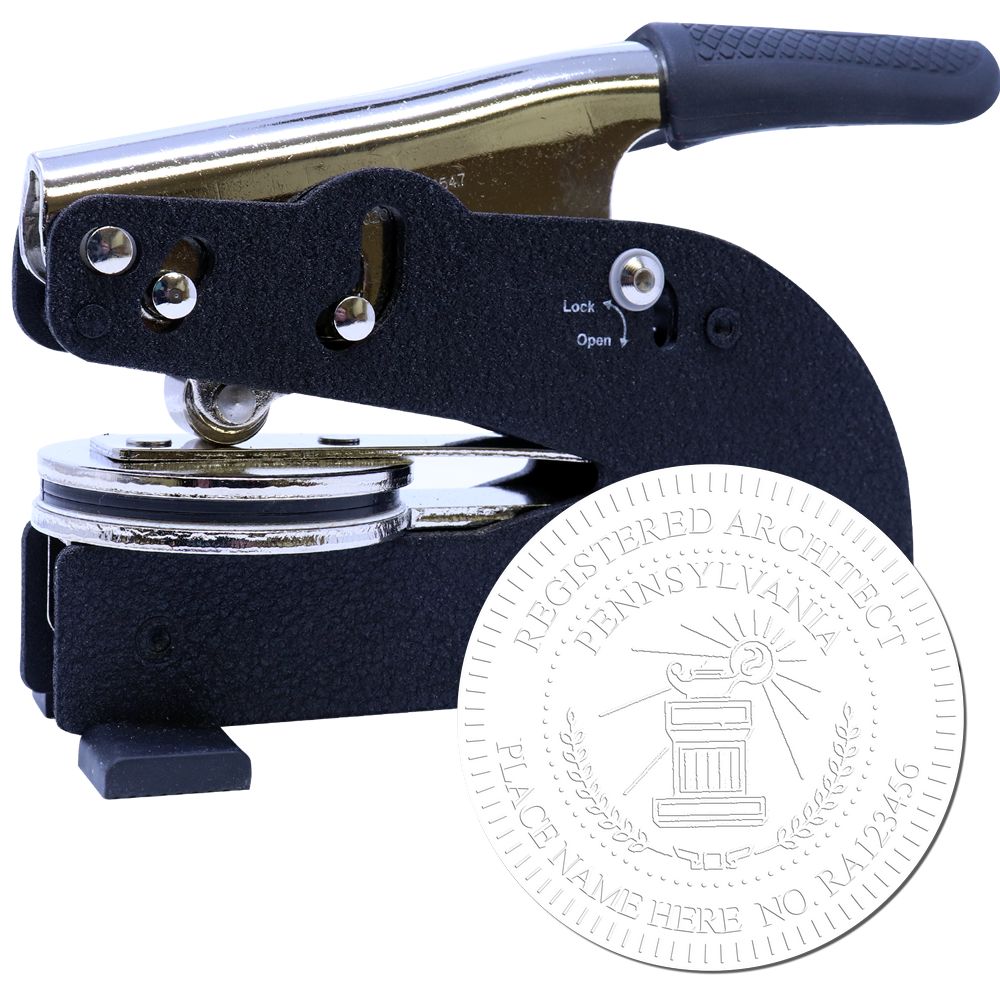

- Authorized Use: The Pennsylvania architect seal can only be used by licensed architects who have met the educational and professional requirements set by the state. It is illegal for anyone else to use or reproduce the seal without proper authorization.
- Proper Placement: The architect seal should be affixed to the official architectural documents, such as drawings, plans, specifications, and reports, that have been prepared or reviewed by the architect. The seal should be placed in a visible location and clearly distinguishable from other information on the document.
- Seal Legibility: The information and elements on the architect seal must be legible and easily identifiable. This includes the architect's name, registration number, and the words "Registered Architect" or "Architect" in conjunction with the architect's name.
- No Alterations: The architect seal should not be altered, modified, or tampered with in any way. Any attempt to change or manipulate the seal may render it invalid and could result in legal consequences.
It is important to note that the Pennsylvania architect seal is a symbol of your professional authority and should be used with the utmost care and responsibility. Failure to comply with the legal requirements can lead to disciplinary action and may jeopardize your professional standing.
Best Practices for Seal Usage
In addition to the legal requirements, following best practices for the usage of the Pennsylvania architect seal can help maintain professionalism and ensure the authenticity of your work. Consider the following guidelines:
- Document Organization: Keep a record of all the architectural documents that bear your seal. This will help you maintain accurate records and assist in any future reference or verification processes.
- Seal Security: Safeguard your architect seal to prevent unauthorized use. Store it in a secure location when not in use, and consider using a protective case or pouch to prevent damage or misuse.
- Clear Reproduction: When reproducing architectural documents, ensure that the seal is accurately represented and clearly visible. Avoid reducing the size of the seal to the point where it becomes illegible.
- Awareness of Expiration: Stay updated on the expiration date of your architect seal. Pennsylvania architect seals typically require renewal every few years. Mark your calendar to ensure timely renewal and avoid any lapse in validity.
By adhering to the legal requirements and following best practices, you can confidently utilize your Pennsylvania architect seal. Remember to familiarize yourself with the specific guidelines and regulations set by the state, as they may evolve over time. For more information on Pennsylvania architect seal requirements, refer to our article on pennsylvania architect stamp requirements.
About ESS
At Engineer Seal Stamps, we are rooted in a commitment to excellence, we specialize in crafting custom rubber stamps and premium professional seals. Our intricate designs are not just mere impressions; they are the emblem of precision, meeting the stringent standards approved by the state board. At ESS, we understand the urgency of today's fast-paced world, which is why we prioritize swift shipping without compromising on the quality and finesse of our products. When you choose ESS, you're not just getting a stamp; you're gaining a reliable partner who values your profession as much as you do. Join the community of professionals who won't settle for anything less than the best—choose ESS.

